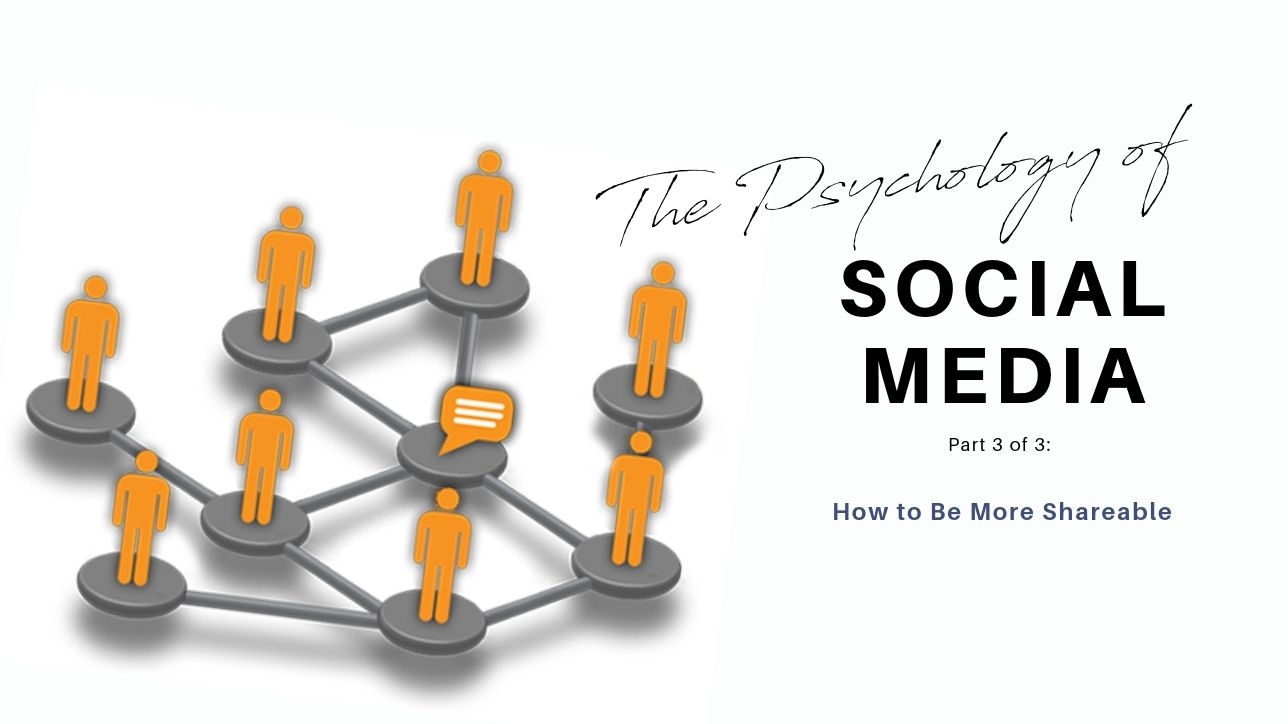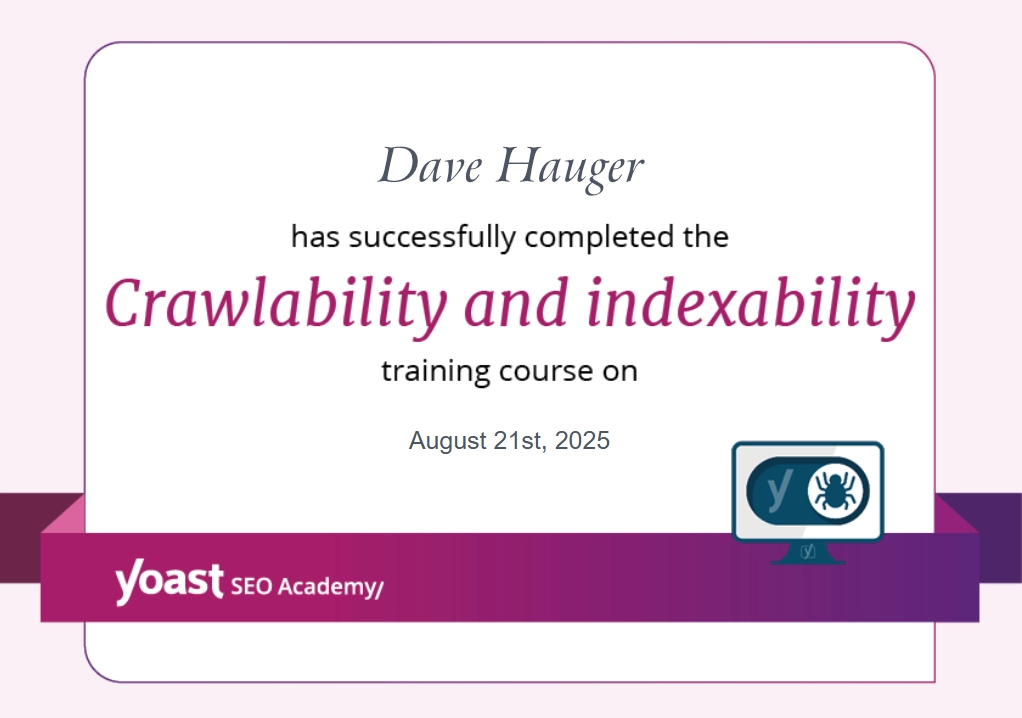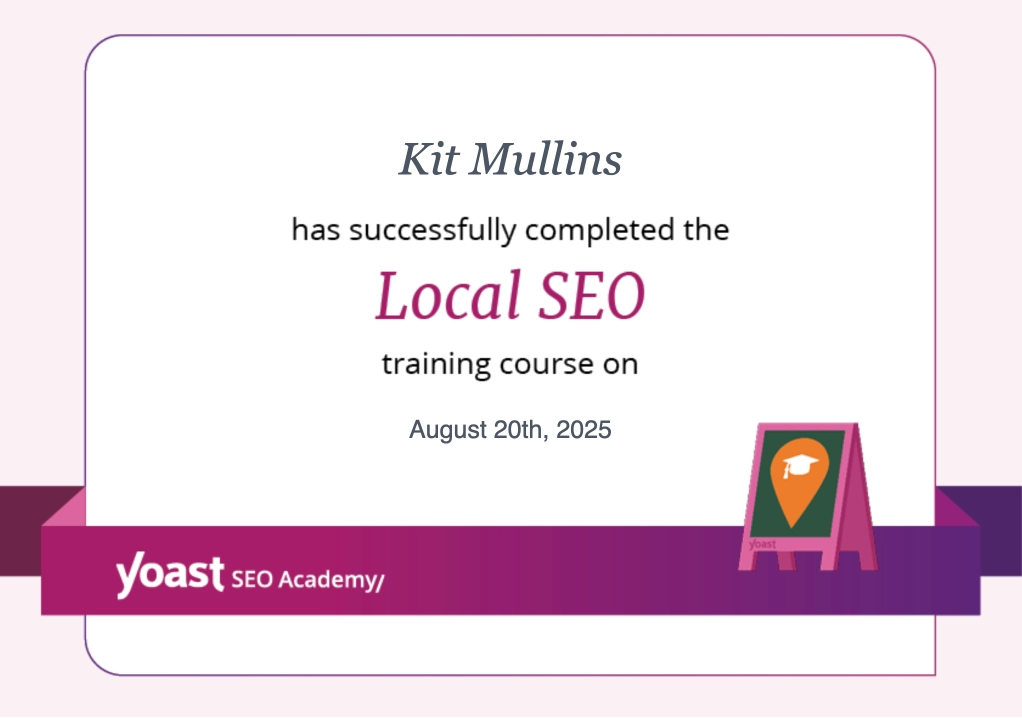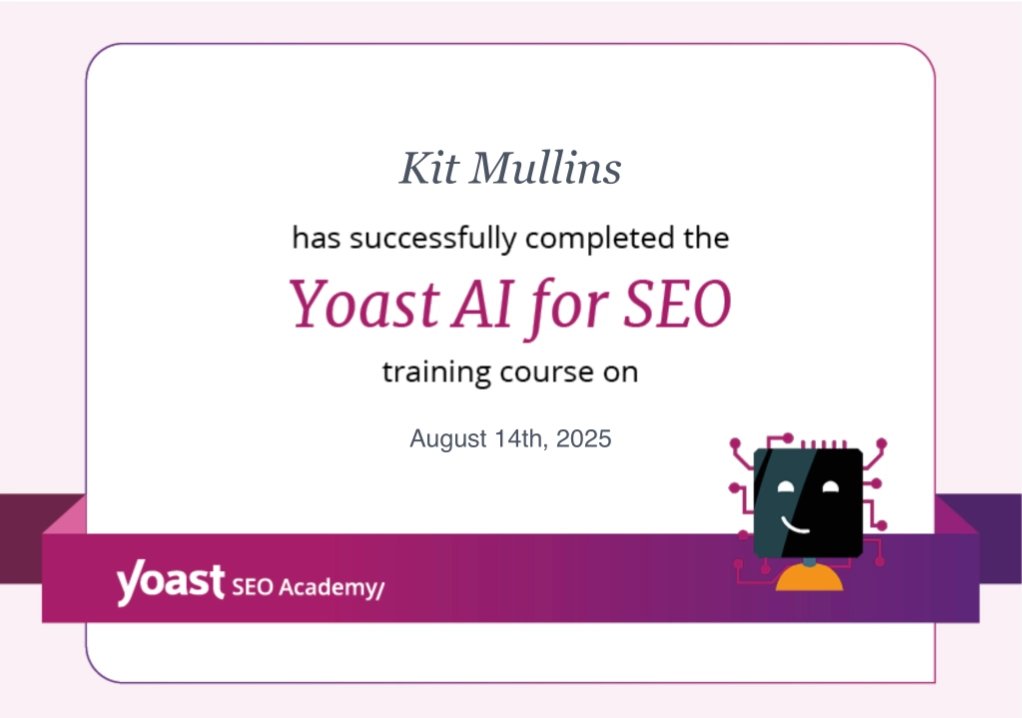THE PSYCHOLOGY OF SOCIAL MEDIA PART 3
Social media has become one of the most important aspects of digital marketing. Social media has and is monumentally changing the way we interact with others and the way we approach our audience. To really reach your consumers, though, it’s imperative to understand the driving forces behind their digital behavior. Understanding their behavior will give you the insight and the edge on how to be more shareable.
In Part 1 of this series, we dove into the psychological background of the 4 W’s of social media usage: who, what, when and why. In Part 2, we discussed the 4 basic emotions and explored how tapping into each of them leads to further engagement. This post brings it home by addressing one final query: how to be more shareable.
The answer comes from studying the interaction between humans and computers themselves.
How Understanding the Psychology Behind Human and Computer Interaction Can Make you More Shareable
“Interaction is the essence of all user experiences. It is the conversation between your marketing and your user, and if the conversation is boring, your user will leave and talk to someone more interesting.We must market for the way people behave, not for how we would wish them to behave.” -Donald Norman
For anyone in marketing, ?an understanding of Human-Computer Interaction (HCI) comes in handy. Exploring the history and trajectory of HCI will enrich your understanding of your audience. It will shape your understanding of the larger ecosystem of human behavior and digital interaction, resulting in powerful marketing success for you and your business.
Relational Marketing
Before diving in to discover how to be more shareable, let’s look take a look at the term “relational marketing.” “Relational marketing is a strategy designed to foster customer loyalty, interaction and long-term engagement. It is designed to develop strong connections with customers by providing them with information directly suited to their needs and interests by promoting open communication.” It stands to reason, then, that before we can understand human-computer interaction, we must understand our interactions with each other.
3 Types of Human Relationships
A base level crash course
Ben McAllister and Kate Canales, two leaders in brand strategy and social media, broke down the 3 basic types of human relationships:
- Authority Relationships: Power-driven, like employers/employee and parents/kids.
- Exchange Relationships: Relationships of equal give and take, lasting as long as both parties are willing, and usually held together via incentives.
- Communal Relationships: The kind of relationship between true friends, without bribes or power. These relationships stand on trust and are “propelled along by deep-rooted goodwill and shared common ground” (Imglance).
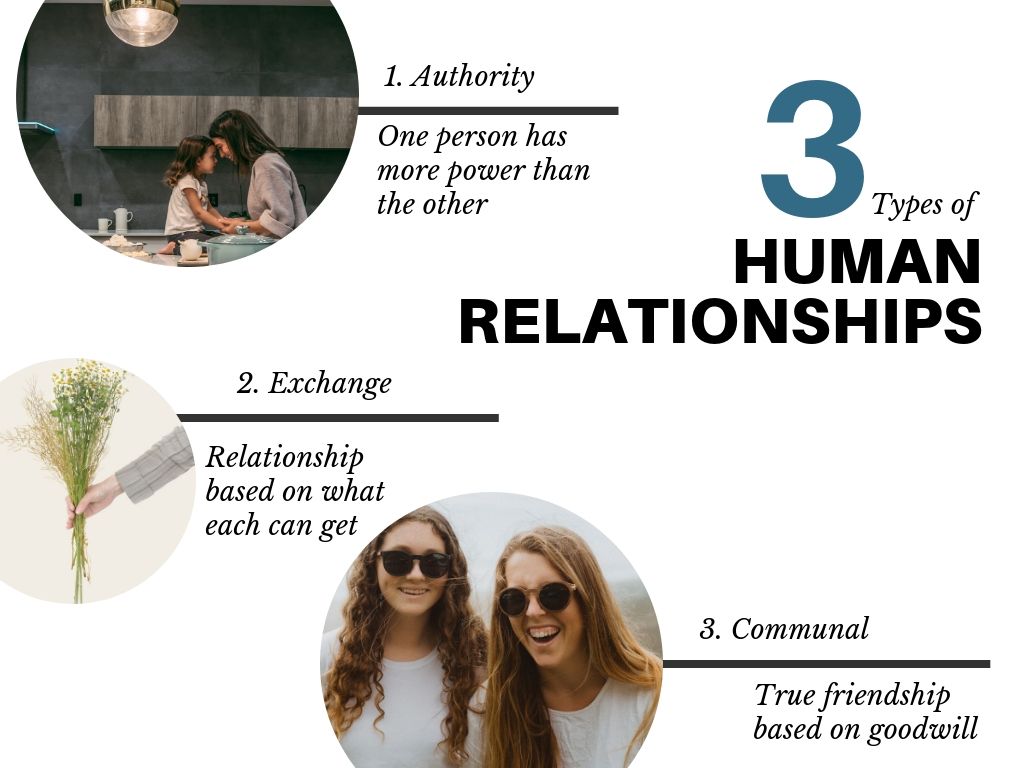
Historically, social media marketing has been geared towards exchange relationships. Research shows, however, that 67% of people who like a page on Facebook only did so to become eligible for offers. This proves that an exchange type relationships does not build loyalty or create true relationship, and shouldn’t be our sole target when marketing to our audience.
As McAllister and Canales discussed, by forming communal relationships, you build trust and gain a lifetime of loyalty from your audience.
Consider a large archery target: aiming for the outside edges of the target is like marketing for an exchange relationship. Shooting for numbers leaves the people on the fringe, easily won-over by the next business that offers an incentive for a Facebook like. Instead, aim straight for the bullseye- marketing at people vs. the numbers. The humanity that runs through each of us–that is the bull’s-eye.
Human/Computer Interaction (HCI)
Taking all of this a step further, let’s gravitate towards the digital aspect of our marketing in order to use its impact to our advantage.
Why is Social Media Easier than Face-to-Face Contact?
Science has found that most of us find it easier to navigate our human interactions with others on our devices rather than face to face. But why? Let’s break it down.
Our brains gather emotional data in every human interaction. This data is based on facial expressions, tone of voice, and other subconscious clues. The data informs our assumptions and affects our experience in an interaction. When a person proposes an idea, we can’t help but to speculate motive. It’s a natural leap that we deduce from the data we are given. Conversely, though, we assume that computers have no ulterior motive or hidden agenda. We take a computer’s numbers, schematics and proposition at face value. Thus, our interactions with computers tends to be easier than with other humans, which leads us to trust computers more readily than people. So although we may be unaware of why it so often feels easier to interact through a computer (particularly when we are feeling tired or drained), the conclusion is clear – “a computer does not require cognitive or emotional involvement, making our interaction and ultimate trust of it, much easier“.
For digital marketing, this baseline trust is the sweet spot. It’s the perfect springboard for designing strategies that build lasting relationships with your audience.
Using Science and HCI to discover how to Be More Shareable
How Understanding the Driving Forces Behind Human Interaction Can Lead to Shareable and Viral Content
Marketers, meet the Temporal Parietal Junction (TPJ). This handy little area of the brain is what drives information sharing. Its activation connects us to the thoughts of others and compels us to feel empathy. Researchers at UCLA concluded that what drives us to share, and what ultimately leads to virality, comes from our TPJs going into overdrive. It’s not the raw visual appeal of an idea or an image that causes individuals to share, but rather how the individual perceived others might enjoy the idea or image in front of them.
“We’re wired to want to share information with other people. I think that is a profound statement about the social nature of our minds. Good ideas turn on the mentalizing system[…] They make us want to tell other people.” –Matthew Lieberman, UCLA
This goes hand-in-hand with pscyhologist Robert Cialdini’s principle of social proof, which maintains that when a person is uncertain about how to behave, he/she will look to others and behave similarly. Whether the behavior is morally good or bad, people are more likely to fall in line with it, or assume the behavior is okay, based on other people behaving that way.
Social media sharing, and in particular content that goes viral, all seem to be motivated from one or both of these ideas. People share what they believe others will approve of or find helpful, enjoyable and shareable.
SUMMARIZING HOW TO BE MORE SHAREABLE
For continued success, not every company needs a post to become a viral trend. But you definitely want your brand to become a top-share in your target audience. Stimulating the TPJ in your audience requires the discovery of what drives, motivates, and moves them. This reason is why some successful advertising campaigns seem to have little to do with the actual product. They play on pop culture, off-the-wall humor, and celebrities to capture the audience’s attention. So tap into what your target loves to share and discuss, then form your marketing strategy around it. Who knows? The next viral trend could come from you!

